Forget the Trends: These 3 Plants Will Actually Make You a Better Plant Parent
After years working deep in the professional plant world, I’ve seen a ton of fads come and go. One season, it’s all about wild variegation; the next, everyone’s chasing those moody, dark-leafed plants. And while that’s all fun, these trendy plants are often fussy, unforgiving, and a real confidence-killer for anyone just starting out.
In this article
My time in the trenches has taught me one thing for sure: a happy, long-lasting plant collection starts with a solid foundation. It’s built on plants that are reliable, easy to read, and genuinely rewarding to grow.
So, we’re not going to talk about what’s hot on Instagram this week. We’re going to talk about the foundational plants the pros rely on. These are the ones I give to my own friends and family—the plants we use to teach new growers the ropes. They teach you how to water, how to understand light, and how to catch problems before they become disasters. Honestly, if you can master these, you’ll build the skills and confidence to grow just about anything.
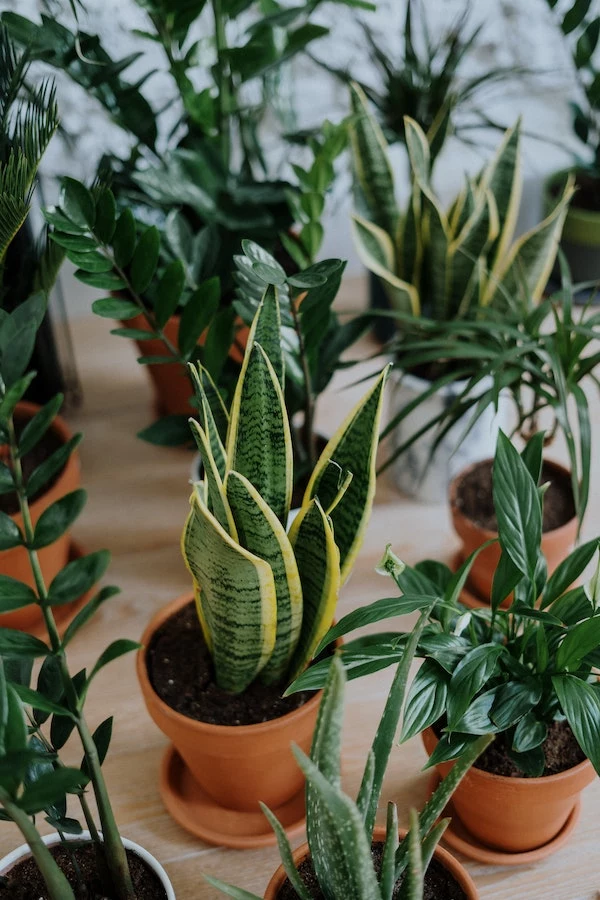
Think of this as your first real lesson in the craft of plant care.
1. The Snake Plant: Your Unbreakable Starting Point
If I could only recommend one plant for a complete beginner, it would be the Snake Plant. You’ll see it sold under a few different scientific names, but its reputation for being nearly indestructible is famous for a reason. I’ve seen these plants survive weeks of outright neglect in a sad office corner and still look fantastic. That resilience makes it the perfect teacher.
Why It’s So Tough
The Snake Plant is built differently. It’s originally from arid parts of the world, so it’s engineered to handle drought. Its secret weapon is a special kind of photosynthesis. Most plants open their pores during the day to breathe, but they lose a lot of water in the process. The Snake Plant is way smarter; it opens its pores at night when it’s cooler. This simple trick drastically cuts down on water loss, which is why it’s so forgiving if you forget to water it.
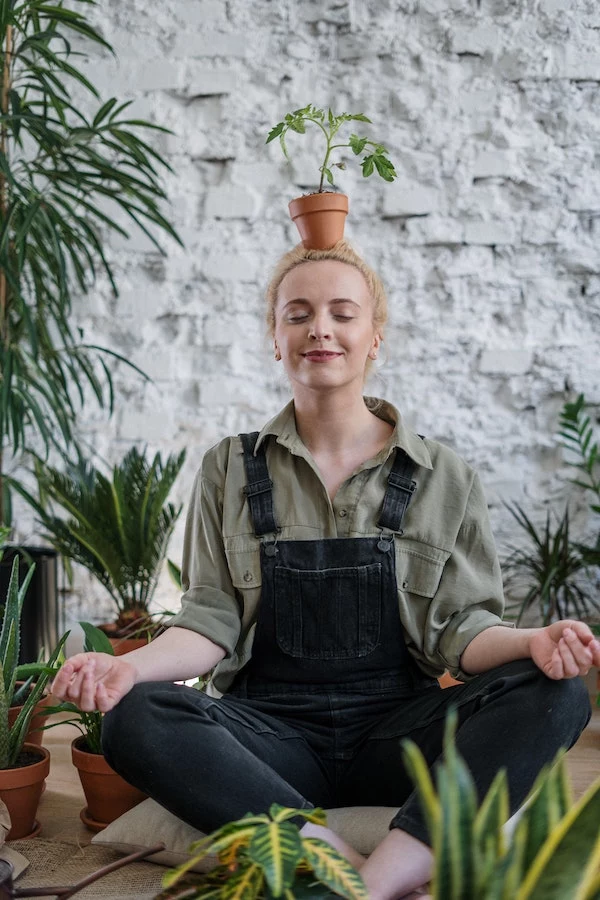
Its thick, waxy leaves are also little water tanks. A healthy leaf feels firm and full. A thirsty plant’s leaves might start to look a bit wrinkly, but frankly, you have to neglect it for a long time to even see that.
How the Pros Care for It
Light: Okay, let’s clear this up. While it can survive in low light, it will truly thrive in medium to bright, indirect light. What does that mean? Find a spot in a well-lit room where the sun’s rays don’t hit the leaves directly. If you can sit there in the afternoon and read a book comfortably without turning on a lamp, that’s your spot. An east-facing window is usually a slam dunk.
Watering: This is where 90% of people go wrong. You have to let the soil dry out completely between waterings. For a typical 6-inch pot, this might be once every 3 to 6 weeks, depending on how warm and bright your home is. The biggest mistake is watering on a schedule. Instead, get to know your plant. Stick your finger two inches into the soil. Feel any moisture? Walk away. An even better trick is to learn the weight of the pot. Pick it up right after you’ve watered it thoroughly. Then, pick it up again a week or two later. You’ll be amazed how light it feels when it’s bone dry. When you do water, drench it until water runs out the bottom, then let it drain completely. Never, ever let it sit in a saucer full of water—that’s the fastest way to kill it.
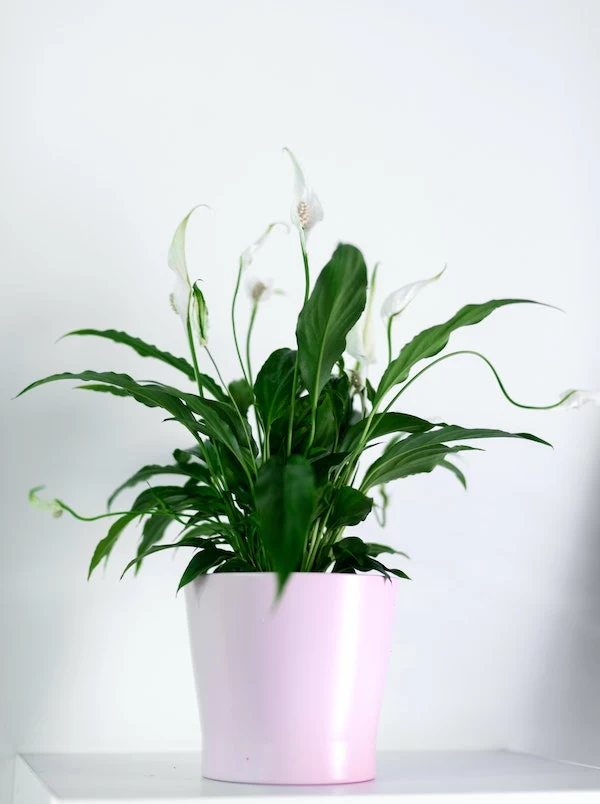
Soil and Cost: Snake Plants need amazing drainage. Standard potting mix is too dense and will lead to rot. You can buy a bag of succulent or cactus mix for about $8-$12, and that’s a great, easy option. To save a little money, you can make your own. A solid recipe is one part potting soil, one part perlite (for air pockets), and one part coarse horticultural sand. Heads up! Do NOT use play sand or beach sand; it’s too fine and will compact like concrete, destroying drainage. You want the gritty stuff.
Price Check: A nice 4- to 6-inch Snake Plant will usually run you between $15 and $30 at most nurseries or home improvement stores.
Quick Win: Want to make your plant look amazing in 60 seconds? Rotate it a quarter turn every time you check on it. This ensures all sides get some light, preventing it from leaning and helping it grow straight and full.
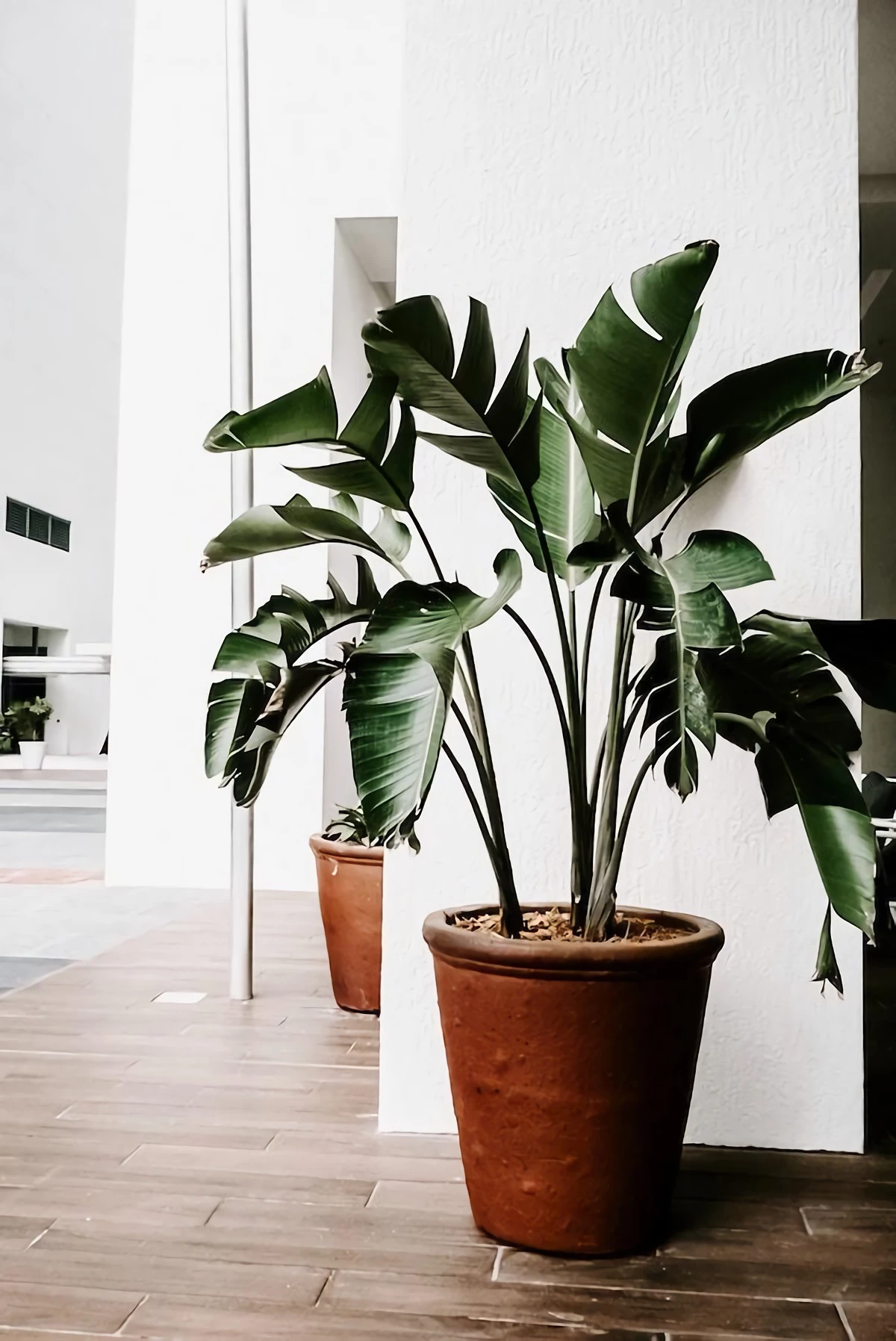
Heads Up: Safety & Problems
Toxicity: This is important—Snake Plants are toxic to cats and dogs if they chew on them. It can cause an upset stomach, so it’s best to keep them away from curious pets.
Root Rot: The only real enemy of this plant is overwatering. You’ll know it’s happening if the leaves turn yellow and feel soft and mushy at the base. From my experience, it also has a very distinct smell… like rotten potatoes. If you suspect rot, you have to act fast. Pull the plant out, cut off any black, mushy roots with a clean knife, let it air dry for a day, and repot in fresh, dry soil. And don’t water it for at least a week!
2. The Peace Lily: The One That Talks to You
The Peace Lily is another fantastic starter plant, but for the opposite reason. While the Snake Plant teaches you the art of leaving things alone, the Peace Lily teaches you how to pay attention. It’s famous for being a little “dramatic,” drooping its leaves to tell you exactly when it’s thirsty. That clear signal is a game-changer for a beginner.
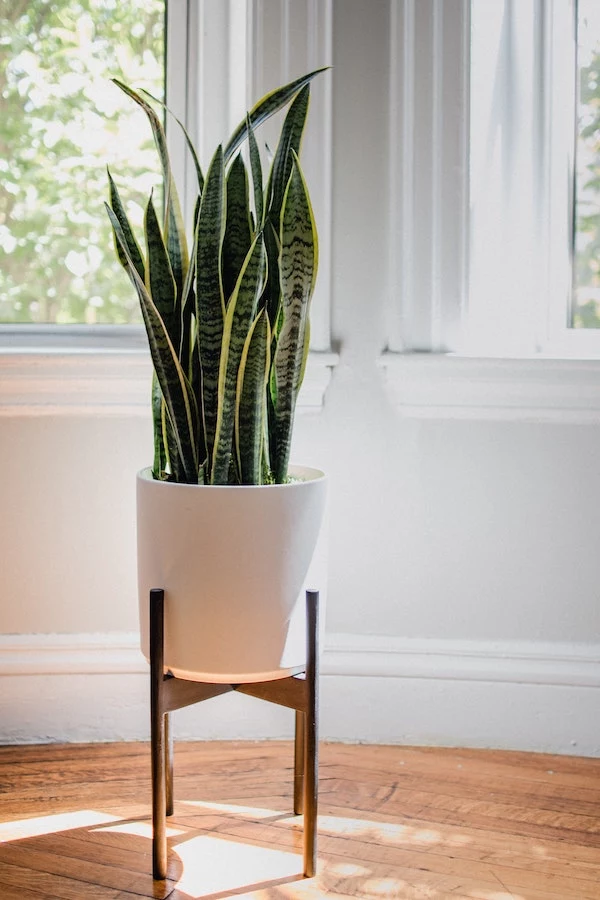
The Science Behind the Drama
This plant comes from tropical rainforest floors, where it lives under a thick canopy with filtered light and consistent moisture. That dramatic droop is all about water pressure in its cells. When the cells are full, they’re firm and hold the leaves up. When the plant starts to dry out, the cells lose pressure and the whole thing wilts. Because its leaves are large and thin, this happens pretty quickly and visibly.
By the way, that elegant white “flower” isn’t a flower at all. It’s a special modified leaf called a spathe, designed to attract pollinators in the dim light of the jungle floor.
How the Pros Care for It
Light: Think rainforest floor: bright, but no direct sun. An east-facing window is perfect, or a spot a few feet back from a sunnier window. Direct sun will scorch its leaves, leaving ugly yellow or brown patches. It can handle lower light, but you probably won’t get any of those beautiful white spathes without enough brightness.
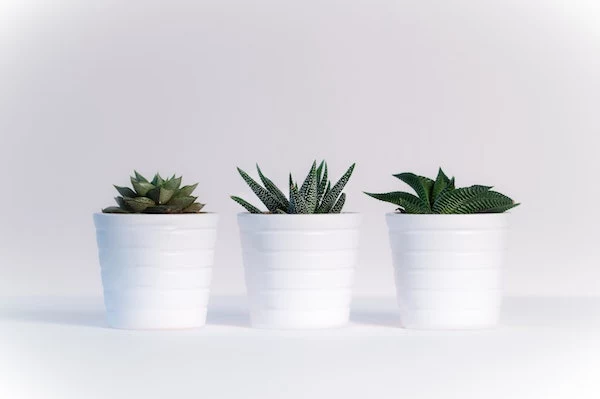
Watering: Let the plant guide you. Wait until you see the very first signs of a slight sag in the leaves. Don’t wait until it’s completely collapsed in a heap, as that stresses the plant. When you see that droop, give it a good, thorough drink. And don’t panic if it doesn’t pop back up immediately! It can sometimes take 3-4 hours to fully rehydrate and stand tall again. Quick tip: Peace Lilies can be sensitive to chemicals in tap water. If you see brown, crispy leaf tips, try letting your water sit out overnight before using it, or switch to filtered water.
Soil and Size: A good quality, all-purpose potting mix is perfect. I like to toss in a handful of peat moss or coco coir to help it hold a bit more moisture. As for size, a happy Peace Lily can get surprisingly big, often reaching 2-3 feet tall and just as wide over time, so give it some room to grow! If you see roots poking out the drainage holes or find you’re having to water it constantly, it’s probably time to move it to a slightly larger pot.
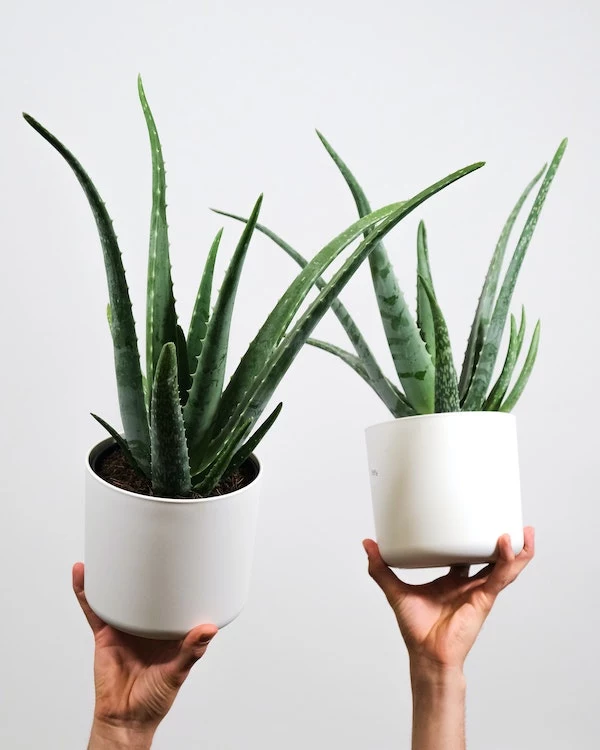
Fertilizing for Beginners: These plants aren’t heavy eaters. Feed them with a balanced liquid fertilizer (like a 10-10-10) once a month during spring and summer. The key is to dilute it to half-strength. What does that mean? If the bottle says to use 1 teaspoon per gallon of water, you should only use a half-teaspoon. It’s that simple!
Heads Up: Safety & Problems
Toxicity: Like the Snake Plant, the Peace Lily is toxic to people and pets if ingested. It contains crystals that can cause irritation and swelling in the mouth, so keep it out of reach of kids and nibblers.
Why Won’t It Bloom?: The number one complaint I hear is a lack of flowers. Usually, it’s one of two things: light or maturity. A young plant might not be old enough. But more often than not, the plant just needs more light. Try moving it to a brighter (but still indirect) spot.
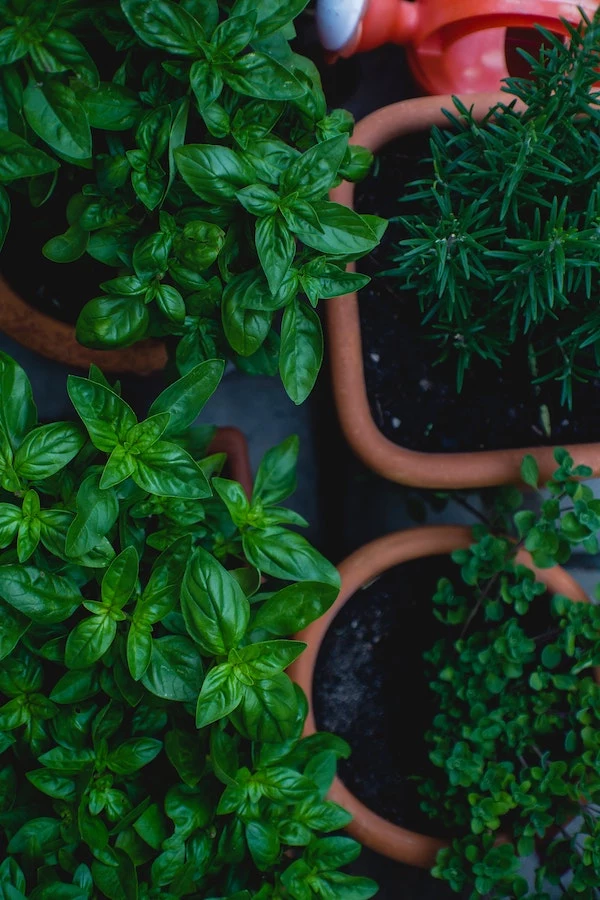
3. The ZZ Plant: The Stylish Modern Survivor
The ZZ Plant is a total rockstar. It has the water-saving superpowers of a succulent and the low-light tolerance of a Snake Plant, all wrapped up in a sleek, modern package. With its glossy, dark leaves and graceful, arching stems, it just looks cool. This is another plant that truly thrives on a bit of neglect.
How It Survives Almost Anything
The ZZ plant’s secret is underground. It grows from large, potato-like rhizomes that store incredible amounts of water. Think of them as built-in water reservoirs for the plant. During a drought, the plant sips from these rhizomes to survive. This is precisely why it’s so easy to overwater a ZZ—its whole system is designed for dryness. I always tell beginners to imagine they’re trying to let the plant use up its stored water before refilling the tank.
Its leaves also have a natural waxy coating that not only looks great but also helps prevent water from escaping. It’s an incredibly efficient plant.
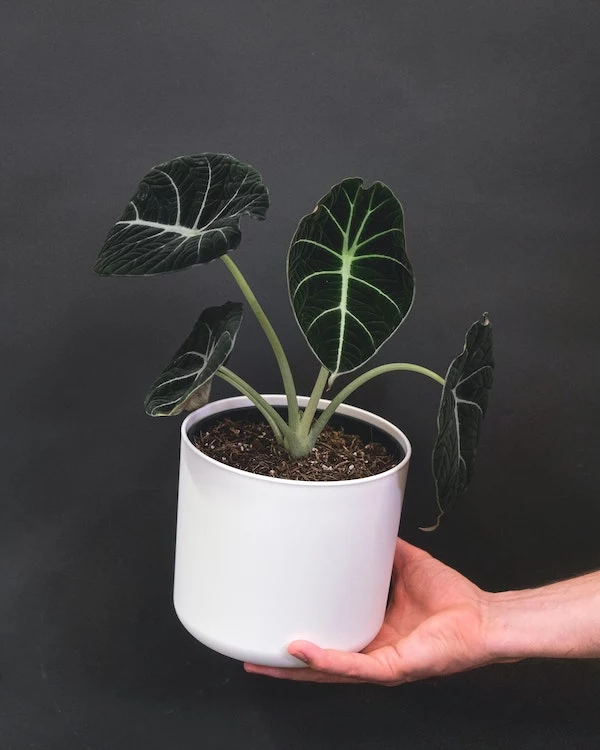
How the Pros Care for It
Light: The ZZ is a low-light champion, making it perfect for hallways, offices, or interior rooms that don’t get a lot of sun. But, just like the Snake Plant, it will be happier and grow a bit faster in medium, indirect light. Just keep it out of hot, direct sun, which can burn the leaves.
Watering: If you remember one thing, make it this: when in doubt, don’t water. The rhizomes will rot if they stay wet. You have to let the soil become completely dry. This could mean watering just once a month, or even less in winter. A ZZ with yellowing stems is almost always a sign of overwatering. A great pot choice is unglazed terracotta. The porous clay helps pull excess moisture out of the soil, giving you an extra layer of protection against rot.
Soil and Growth: Use a very gritty, fast-draining mix, just like for the Snake Plant. ZZs are also slow growers and don’t mind being a little snug in their pot, so you’ll only need to repot every 2-3 years. This makes them ideal for busy people or for spaces where you don’t want a plant to quickly outgrow its spot.
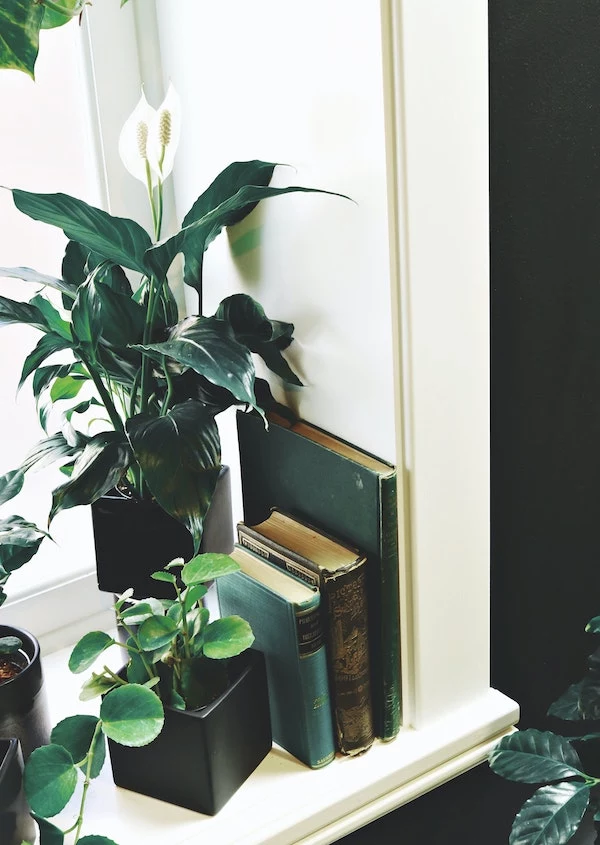
Quick Win: Want an instant boost? The ZZ’s shiny leaves are dust magnets. Gently wipe them down with a damp cloth every few months. They’ll look glossier, and it helps the plant breathe. Never use those commercial leaf-shine products; they just clog the plant’s pores.
Heads Up: Safety & Problems
Toxicity: You guessed it—the ZZ plant is also toxic if ingested, due to the same calcium oxalate crystals found in the Peace Lily. The sap can also irritate sensitive skin, so it’s not a bad idea to wear gloves when you’re handling it. Keep it away from kids and pets.
Pests & Problems: This plant is remarkably pest-proof. Its tough leaves are like armor. In all my years, I’ve rarely seen pests on a ZZ that wasn’t already weak from being overwatered. It’s a true survivor.
A Final Word on Bringing a Plant Home
Where you get your plant and how you introduce it to your space is just as important as long-term care. A healthy start prevents a world of headaches.
When you’re at the store, be picky. Look for plants with strong, colorful leaves. Avoid any with lots of brown spots, mushy stems, or little gnats flying around the soil. If you can, peek at the roots—they should be firm and whitish, not black and smelly.
And I can’t stress this enough: quarantine every new plant. Trust me on this. I once skipped this step and introduced a spider mite infestation that took out a whole bench of valuable plants. It was a painful lesson. Keep your new plant in a separate room for 2-4 weeks to make sure it’s not hiding any pests. It’s a simple step that can save your entire collection.
So, Which One Should You Get?
Let’s boil it down. All three are amazing, but they fit slightly different personalities:
- For the forgetful plant parent: Go for the Snake Plant or ZZ Plant. They thrive on neglect and are the hardest to kill. The ZZ has a more modern look, while the Snake Plant is a classic.
- For the attentive, hands-on learner: Choose the Peace Lily. It will give you clear, immediate feedback and teach you how to be an observant plant owner. It’s also the one most likely to reward you with flowers.
- A crucial note on safety: Remember, all three of these plants are toxic to pets and people if chewed on or eaten. Always place them where curious hands and paws can’t reach.
Ultimately, these plants are more than just decor; they’re your first step into a really rewarding hobby. They teach restraint, observation, and an appreciation for the hidden systems that support life. Don’t be afraid to mess up. I have killed more plants than most people will ever own. Every loss is a lesson. Start with a solid foundation, be patient, and enjoy the process. That’s what it’s all about.
Inspirational Gallery with Photos
Choosing the Right Pot: Terracotta vs. Glazed Ceramic
Terracotta: This classic, porous clay breathes, allowing moisture and air to pass through its walls. This is a huge advantage for beginners, as it helps prevent the dreaded root rot from overwatering. It’s the perfect safety net for a Snake Plant.
Glazed Ceramic: These pots are non-porous, meaning they hold water for much longer. They are a great choice for plants that prefer consistent moisture (once you’ve mastered your watering schedule) or for plant parents who tend to underwater.
The famous 1989 NASA Clean Air Study found that the Snake Plant is a powerhouse at removing toxins like formaldehyde and benzene from the air.
What’s even more impressive is that, unlike most plants, it continues this air-purifying process at night. This makes it one of the absolute best plants for a bedroom, working to improve your air quality while you sleep.
A simple, well-draining soil mix is a game-changer and easy to make yourself. It prevents water from sitting around the roots, which is the fastest way to kill a resilient plant. For Snake Plants, ZZ Plants, or other succulents, try this foolproof recipe:
- 1 part standard indoor potting soil
- 1 part perlite (for aeration)
- 1 part cactus/succulent mix or coarse sand
This creates a chunky, airy foundation that gives your plant’s roots the oxygen they need to thrive.
- You’ll have an endless supply of free plants.
- It’s the perfect sustainable gift for friends.
- Watching a new plant grow from a single piece is incredibly rewarding.
The secret? Propagation. For a Snake Plant, you can simply cut a healthy leaf into 2-inch sections, let them callous over for a day, and then place them upright in water or damp soil. In a few weeks, you’ll see new roots and pups starting to form.
The #1 Rookie Mistake: Loving your plant to death with too much water. Forgiving plants like the Snake Plant or ZZ Plant are desert natives; they would rather be too dry than too wet. Before you even think about grabbing the watering can, stick your finger two inches into the soil. If you feel any moisture at all, walk away and check again in a week.
Along with the Snake Plant, the ZZ Plant (Zamioculcas zamiifolia) is the other titan of indestructible houseplants. Its secret lies underground in its large, potato-like rhizomes that store water for months on end. Its glossy, waxy leaves are also incredibly efficient at preventing moisture loss. If you want a plant that genuinely thrives on neglect and still looks like a piece of living sculpture, the ZZ is your answer.
A simple rule for fertilizing: If the plant isn’t actively pushing out new leaves, don’t feed it.
Even the toughest plants can get pests. Get into the habit of a quick wellness check every time you water. It takes 30 seconds and can prevent a major infestation.
- Gently check the undersides of leaves for tiny webs or small bumps.
- Look closely at the crevices where leaves meet the stem.
- Scan the surface of the soil for any unusual movement.
The so-called ‘basic’ plants are staples in high-end interior design for a reason: their strong, sculptural forms. To elevate your Snake Plant, ditch the flimsy plastic nursery pot. Invest in a simple, heavyweight ceramic planter from a store like Crate & Barrel or a stylish fiberglass pot from a brand like Lechuza. Placing it on a simple wooden plant stand adds height and turns your beginner plant into an intentional design element.










